

|
Van Oord completes Dutch beach replenishment using 100% bio-LNG
Dredger Vox Apolonia deposited 1 million cbm of sand at Noord-Beveland beach under Coastline Care programme. |
|
|
|
||
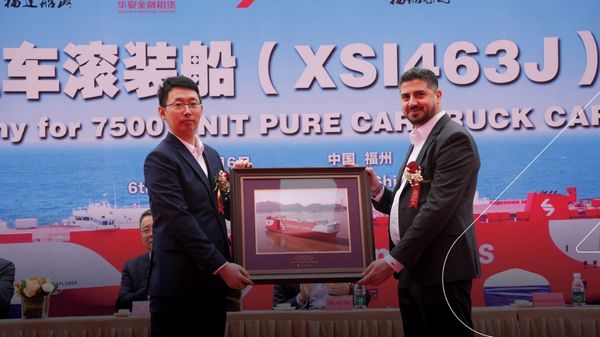
|
Sallaum Lines takes delivery of LNG-fuelled car carrier MV Ocean Explorer
The 200-metre vessel was built by Fujian Mawei Shipbuilding with dual-fuel propulsion systems. |
|
|
|
||

|
Vilma Oil Med expands Ceuta bunkering operations with biofuel capability
TFG Marine subsidiary increases storage to 120,000 cbm and adds IMO II chemical tanker. |
|
|
|
||
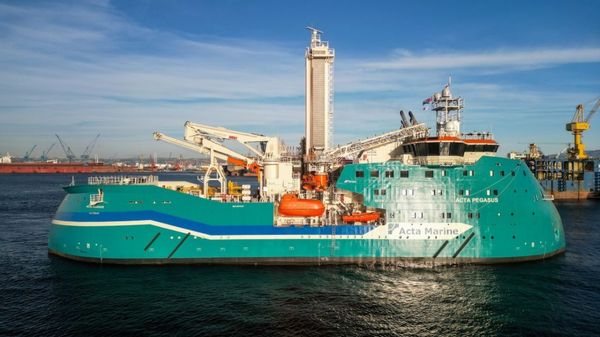
|
Acta Marine takes delivery of methanol-ready offshore wind vessel Acta Pegasus
Vessel features dual-fuel engines and battery storage for French offshore wind operations. |
|
|
|
||
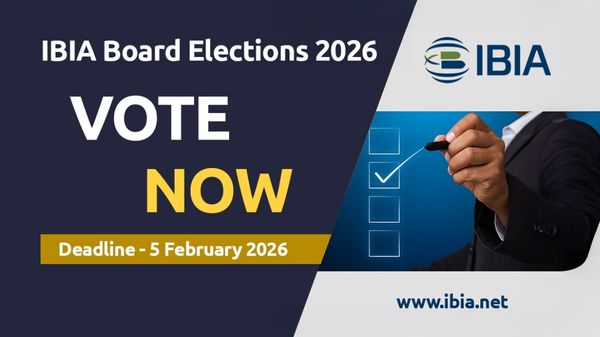
|
IBIA opens voting for board elections with 11 candidates competing for four positions
Members have until 5 February to vote, with results to be announced at AGM. |
|
|
|
||
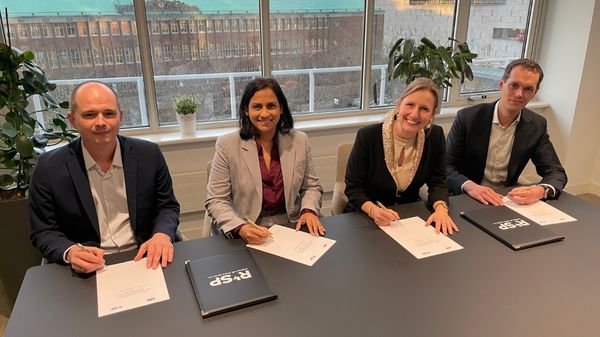
|
Rotterdam Shore Power selects ABB for world's largest shore power project
ABB to engineer shore power systems with over 100MVA capacity at Europe's largest port. |
|
|
|
||
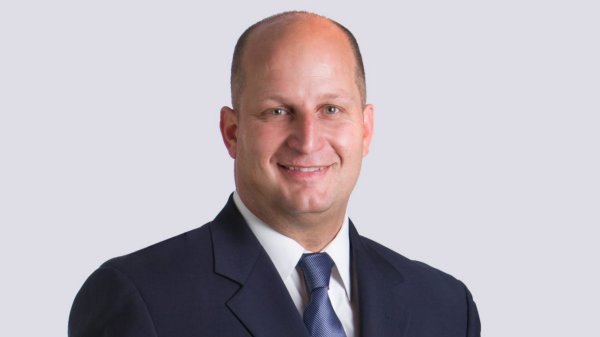
|
Michael Cammarata appointed managing director of Glander International Bunkering's Florida office
Cammarata succeeds Larry Messina, who will step down after 34 years in the role. |
|
|
|
||

|
Steel cutting begins on LNG dual-fuel Aframax tanker
Chinese yard cuts steel for 155,500-dwt crude carrier. |
|
|
|
||

|
Bureau Veritas and CMHI sign agreements to advance green and smart shipping solutions
Classification society and Chinese shipbuilder strengthen partnership with cybersecurity and alternative fuel certifications. |
|
|
|
||

|
Steel cutting begins on 8,400-teu LNG dual-fuel container vessel
Chinese yard commences construction on LNG-powered container ship with Lloyd's Register oversight. |
|
|
|
||
| DNV certifies first SOx exhaust gas scrubber [News & Insights] |
| Project to maximize fuel efficiency gets EU approval [News & Insights] |
| Diesel-electric ship agreement announced [News & Insights] |
| Lubricating system fitted to cut costs [News & Insights] |